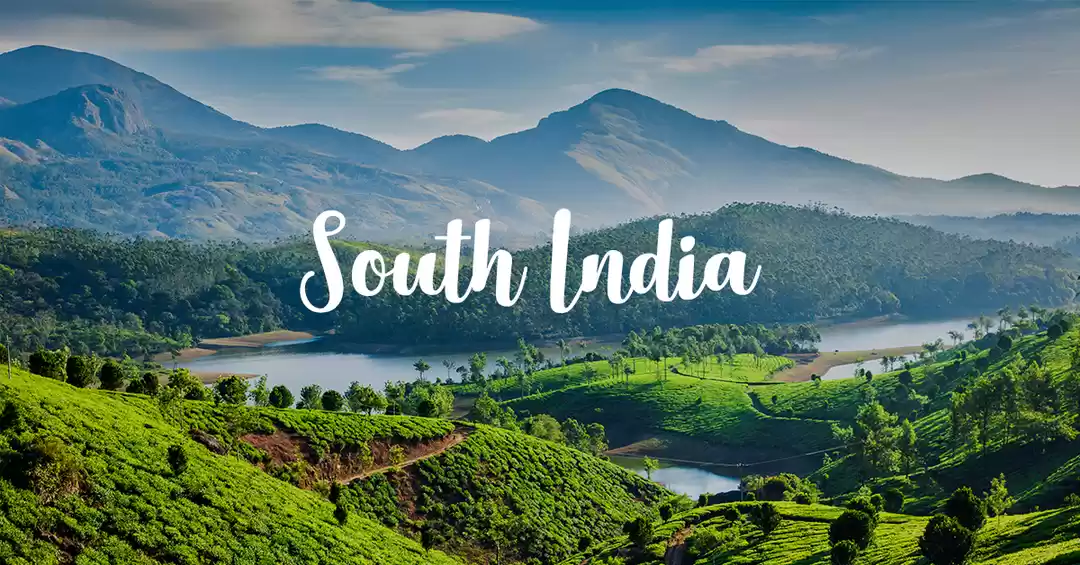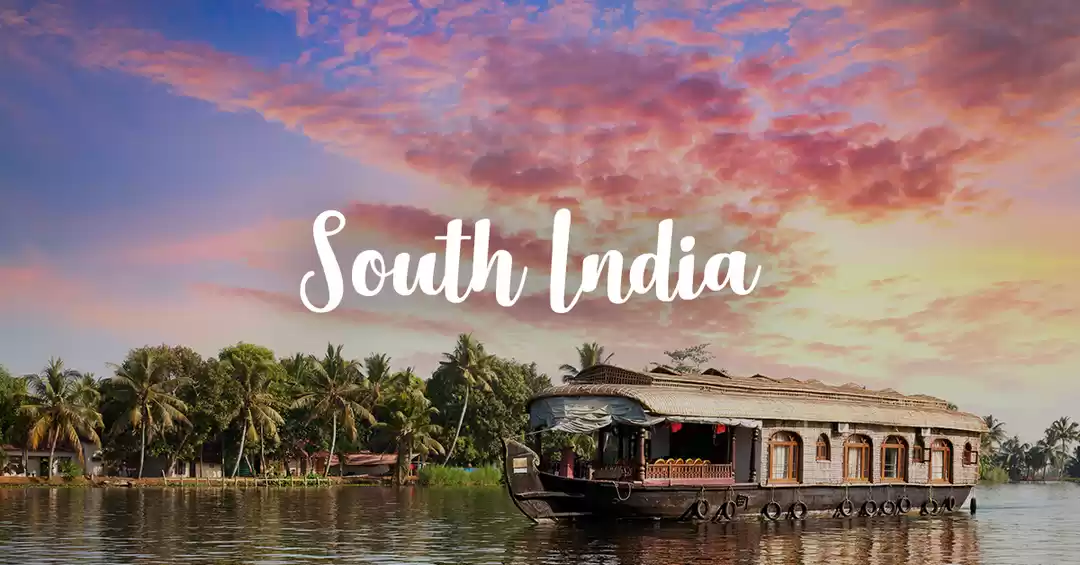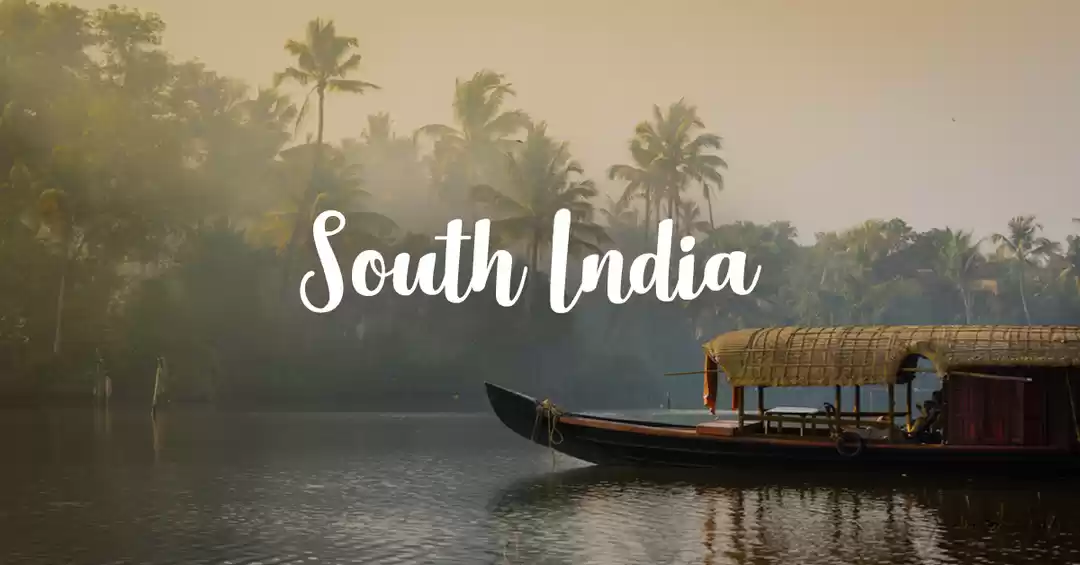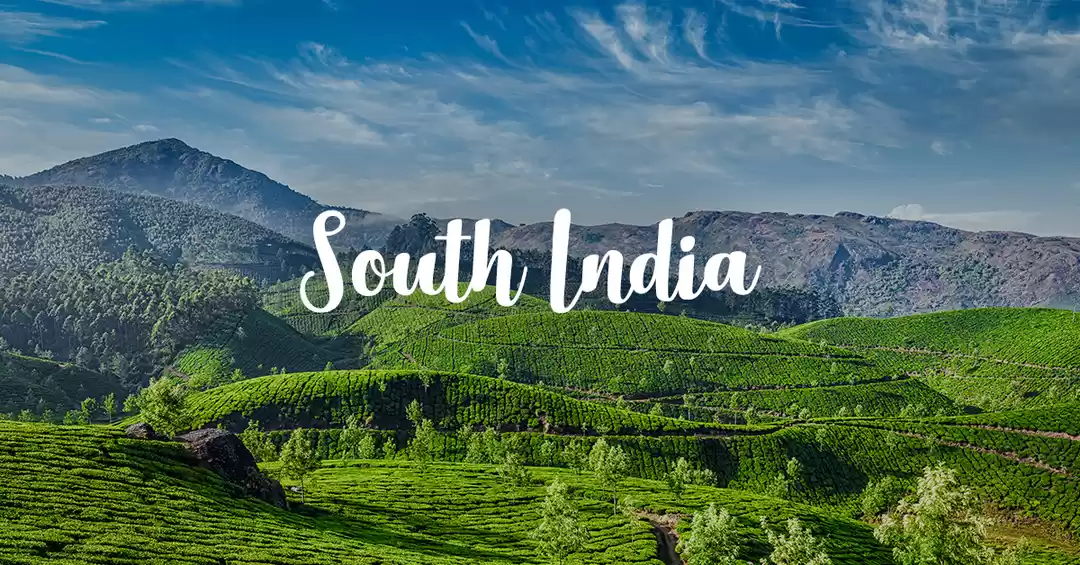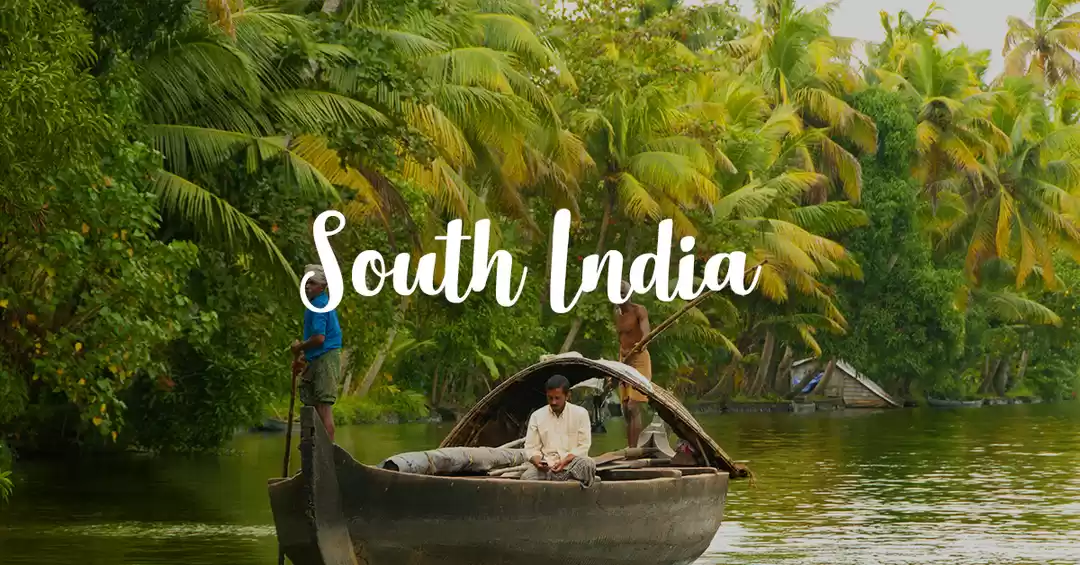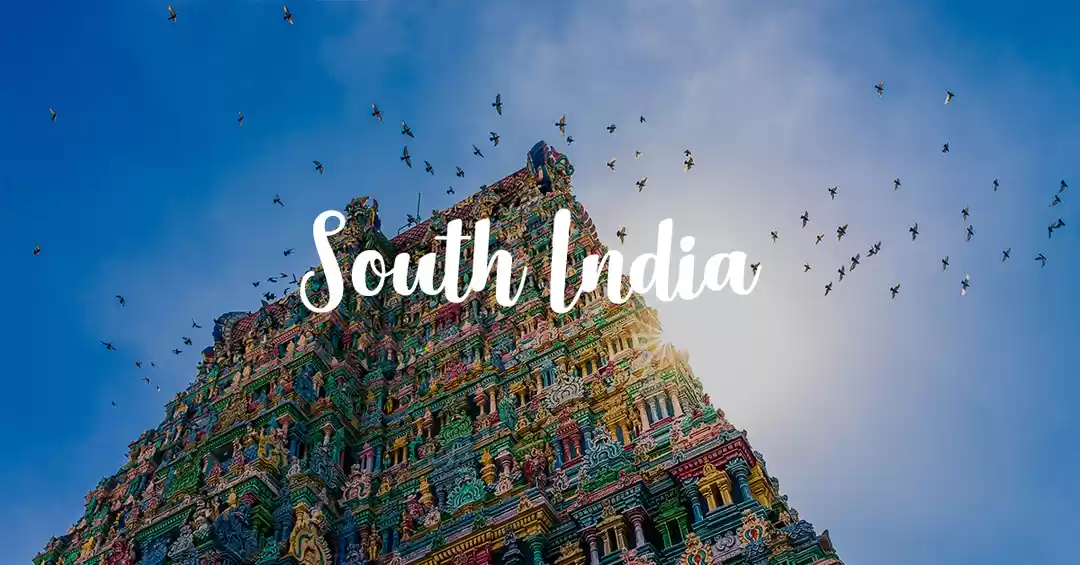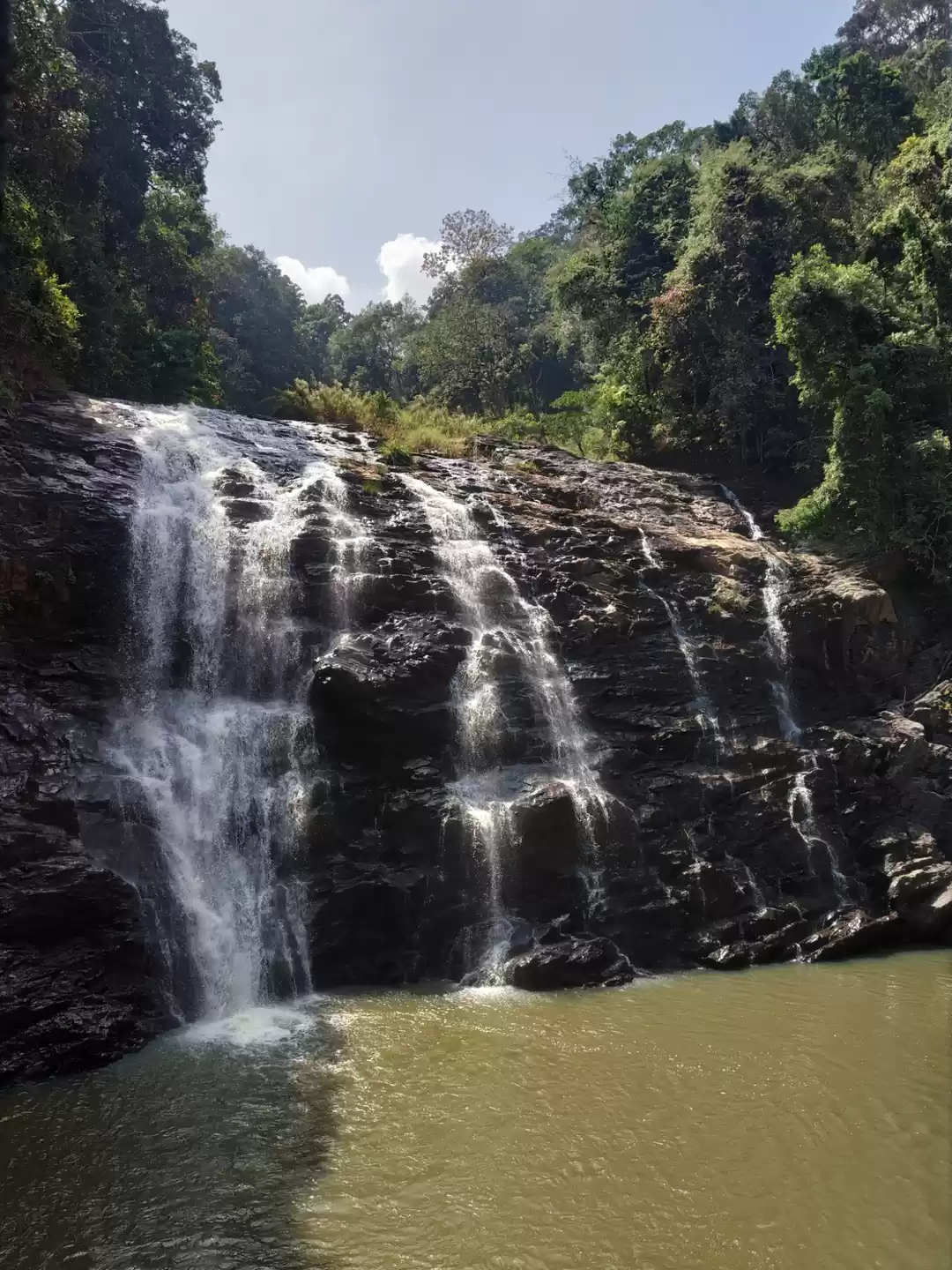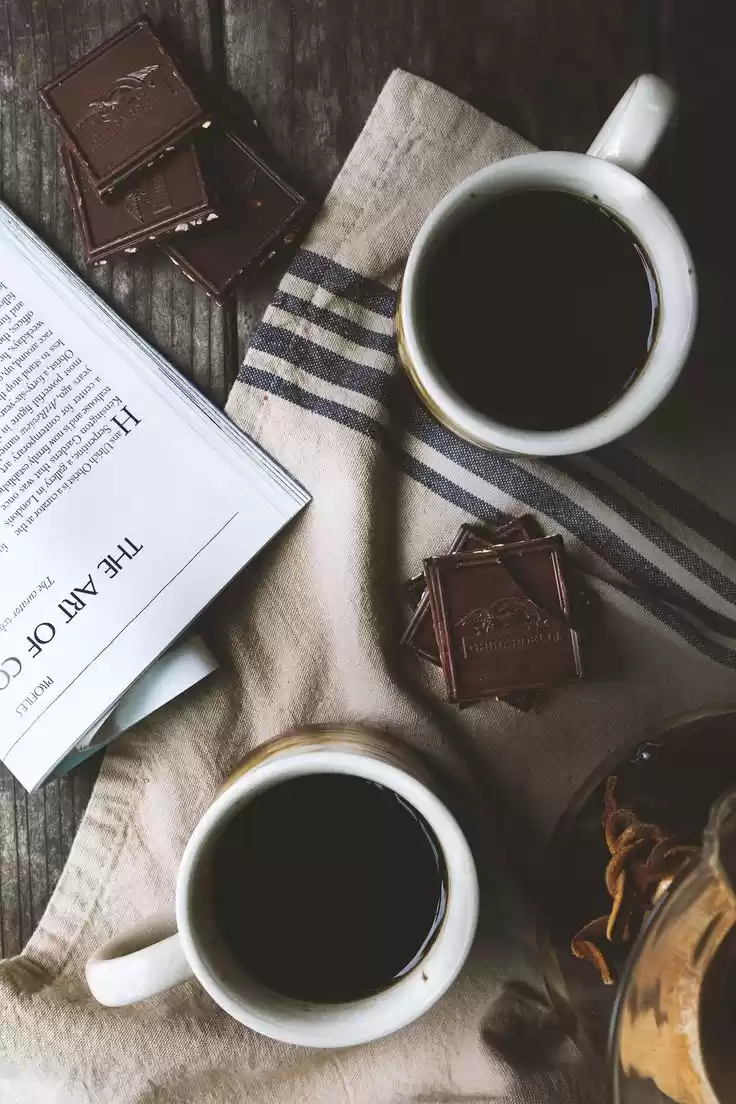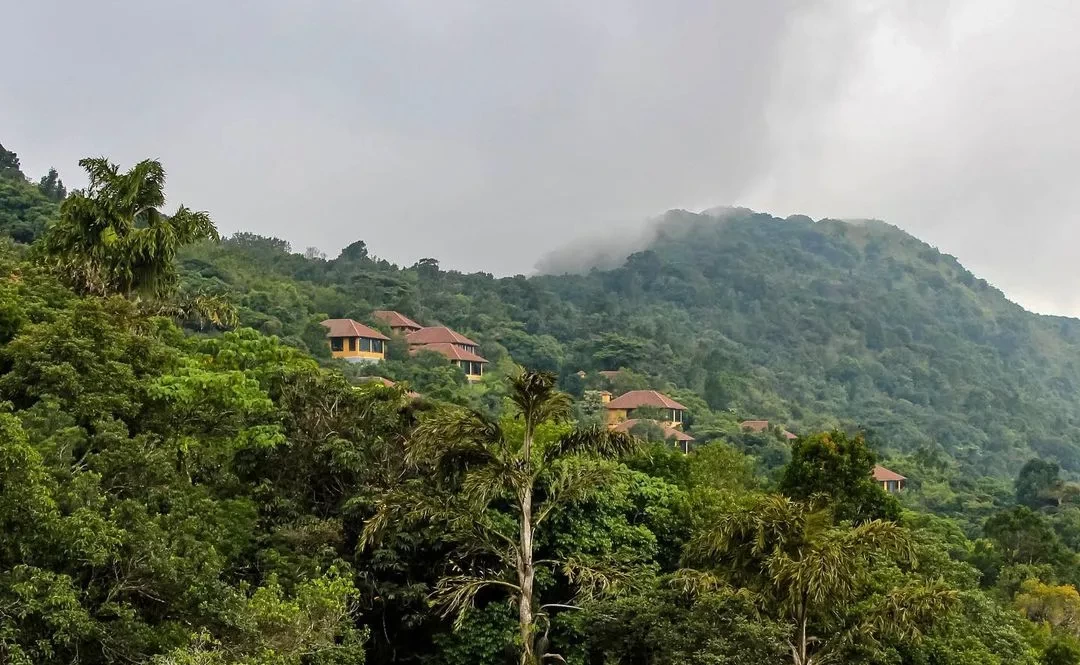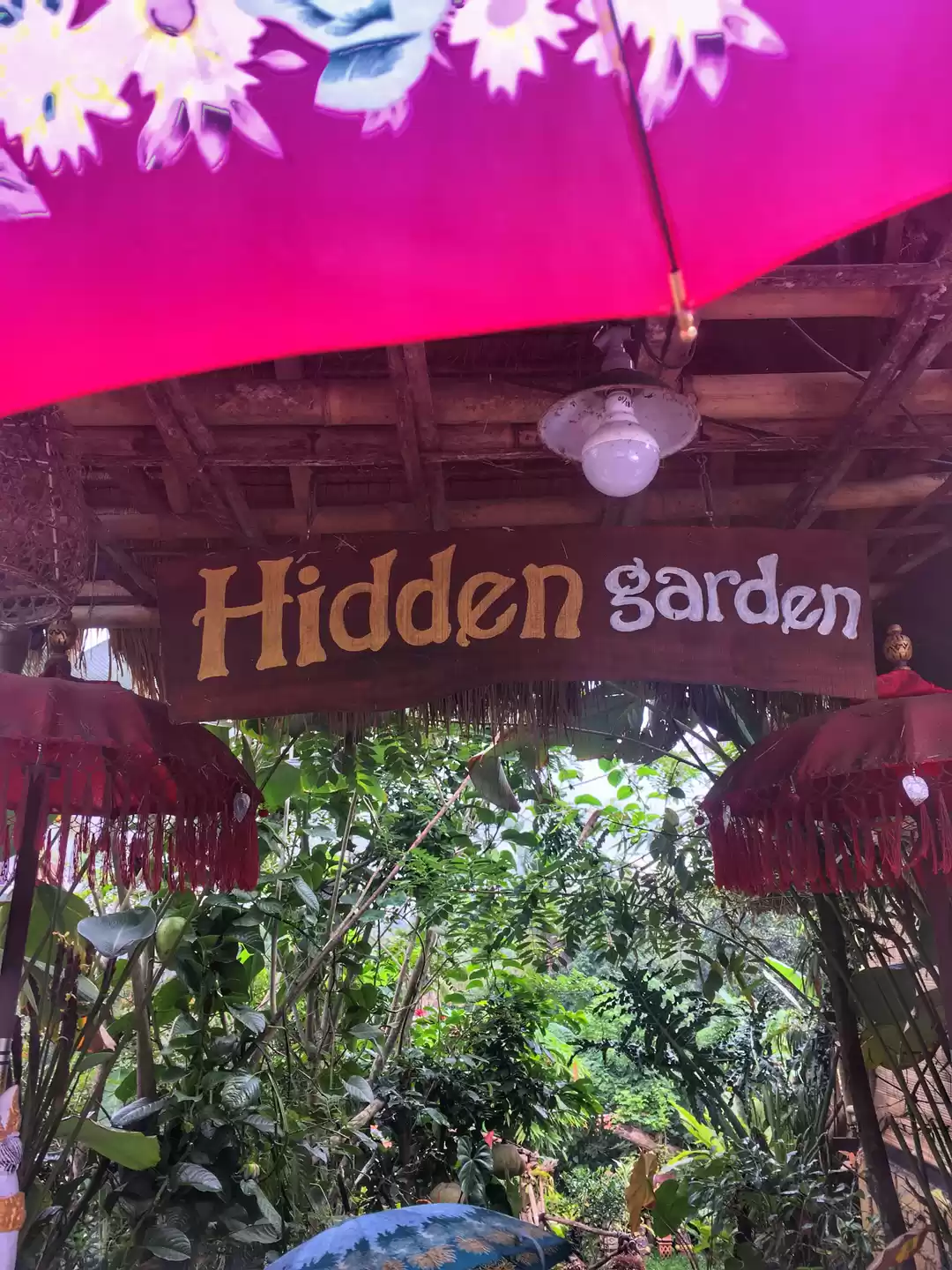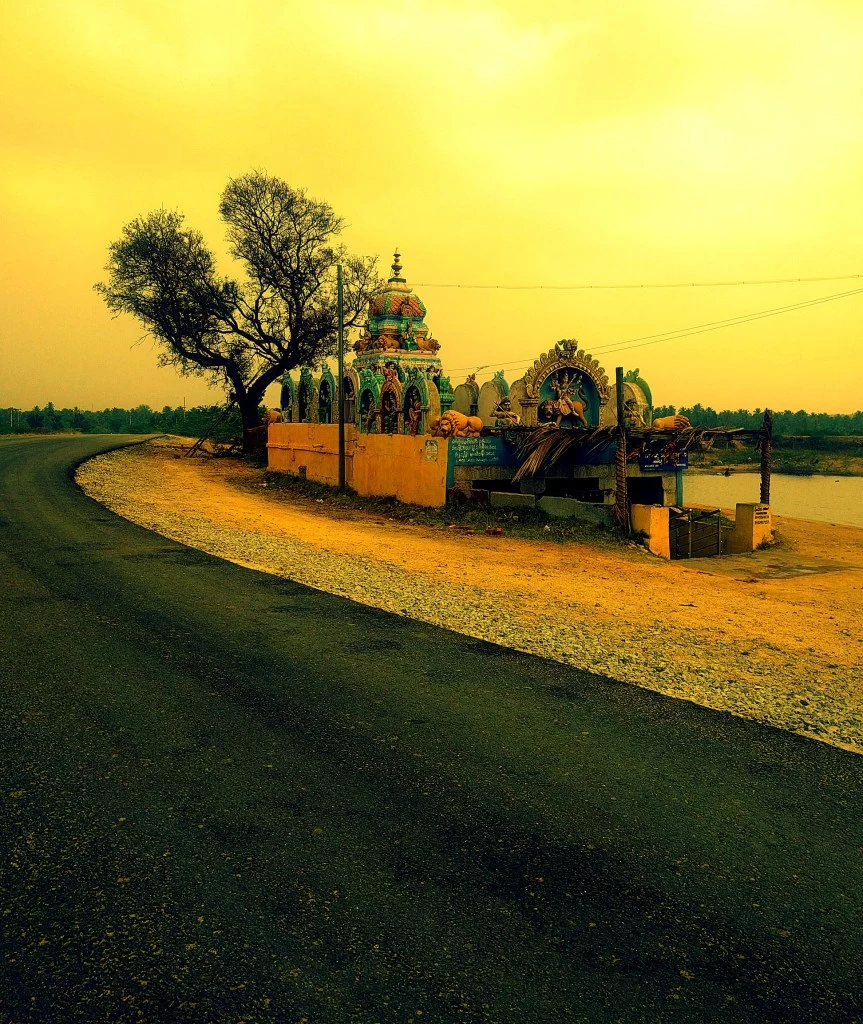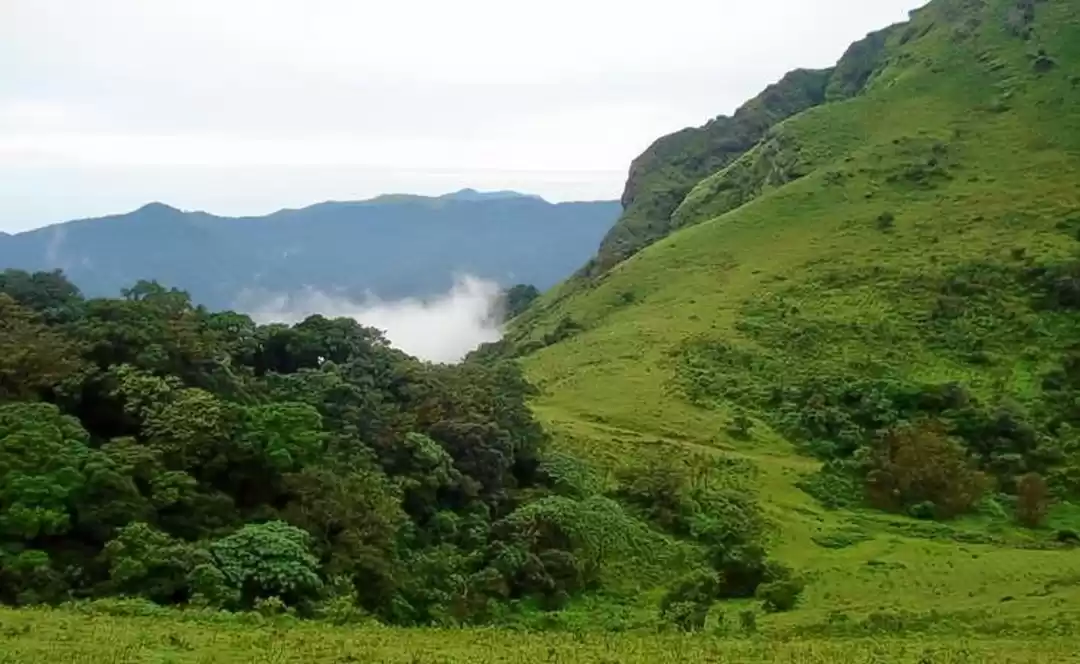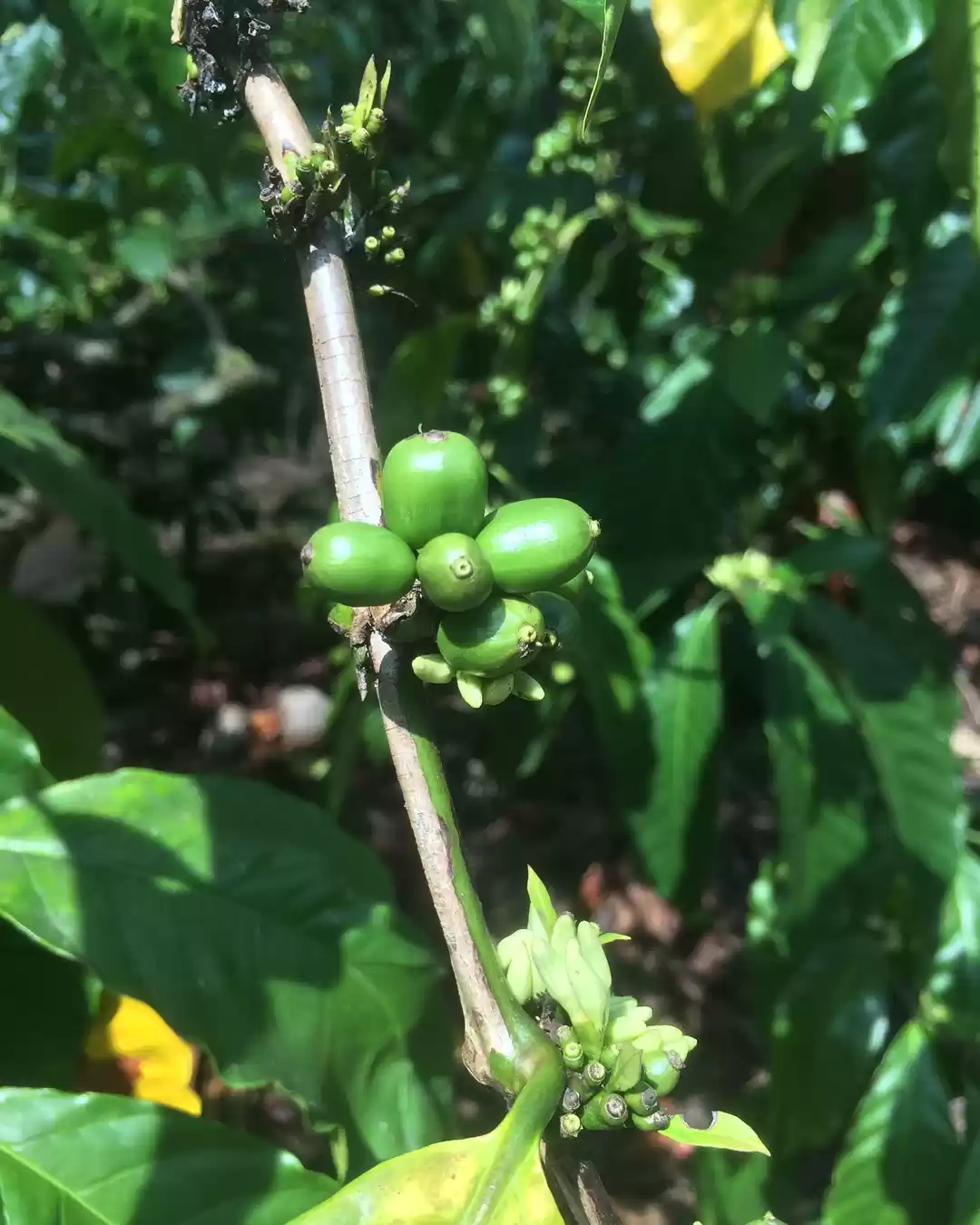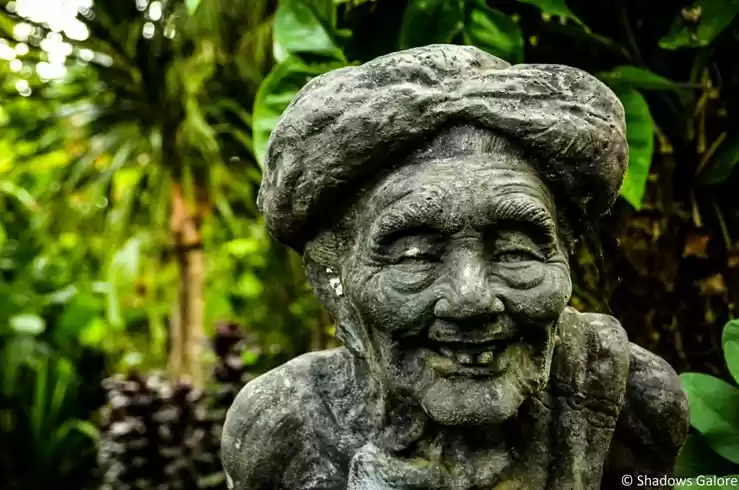
A comprehensive review on my visit to Mercara Gold Coffee Estate, Madikeri and an easy know-how about how coffee is transformed from the magical beans to the hot brew you enjoy in a cup.
It's heavenly when you hold your cup of hot brewing coffee and indulge in the surreal surroundings of Mercara and its huge coffee estates. I, too, felt the same when I was sipping my Filter Coffee from the steel tumbler and so did my friends who were sipping their Cappuccino, Latte and Americano. Most of you have wondered about the varieties of coffee available in a small cafe; Cappuccino, Latte, Mocha, Espresso, Americano, South Indian Filter and Instant coffee. But a very few of you have actually tried ventured into the nitty-gritties of the various types of coffee we see and drink everyday.
Here, let me take you on the journey of a coffee bean from it's harvest to the bitter, brown yet energetic liquid in your coffee cup!
Mercara Gold Coffee Estate is a private estate located 15km from Madikeri Fort. We decided to pay a visit to the estate and indulge in a tour of the property. We reached shortly after ten in the morning. The weather was dry, cool and had the perfect sunlight for such an estate tour. We checked into the office at the estate. It's a beautifully designed hut containing a small shop and a processing unit nearby. It costed us ₹200 per person and were taken under the able guidance of our knowledgeable guide Mr Ravi. He guided us through various rows of lined coffee plants, some tall, some short and various labels marked as Arabica, Robusta and Liberica. He made us stand under a subtle shade, picked out a few berries and enlightened us on the basics and essentials of coffee beans.

Brief History of Coffee Coffee was first discovered by a Yemeni shepherd named Kaldi in circa 850 AD, when he found his goats to be energetic and staying awake all night after eating a certain kind of berries. When he reported this discovery to the king, he claimed it to be false and in a fit of rage threw the coffee cherries into the fire which led to the emission of a fine aroma, thus leading to the discovery of coffee. From Yemen, coffee spread to other parts of Arabia where it was regularised and controlled heavily. It was prohibited for export, except in boiled or roasted form to preserve the endemic nature of the discovery. The monks of Arabia used to consume coffee for engaging in night long devotion and sermons and thus coffee was popularised around this time. In around 1600 AD, a Muslim saint from India, Baba Budan, while on his hajj to Mecca brought seven raw coffee beans by hiding them in his beard, to prevent getting caught. He learnt the climatic conditions for cultivating coffee and planted the seeds on a hilltop in Chikkamaglur. The location in present day is known as Baba Budan Giri in Chikkamagaluru, Karnataka. Upon the arrival of the British, the coffee production increased exponentially and India emerged as the 7th largest producer of coffee in the world.
Karnataka is the highest producer of coffee in India followed by Kerala and Tamilnadu. Northeastern states, Andhra Pradesh and Odisha also contribute to the coffee production in India. The highest production is traced to Chikkamagaluru district followed by Kodagu district.
Types of Coffee
There are two main types of coffees available in India: Arabica (60%) and Robusta (38.5-39%). Liberica enjoys a very little share in the varieties constituting roughly around 1-1.5%.

Arabica
Arabica (Coffea arabica) originated from Ethiopia and was first cultivated in Yemen. This type of coffee is more acidic, less bitter, less caffeinated and has a strong aroma. It has a less woody and more fruity taste. The plants are kept upto a height of 4-5ft. The leaves are narrower and the plant is cultivated under shade. There are two seeds inside the fruit. This is the dominant type of coffee available in the Indian market, at about 60%.

Robusta
Robusta (Coffea canephora) originated in western Africa. This type of coffee is less acidic, more bitter, more caffeinated and has a mild aroma. The taste is more woody and less fruity. The plants are grown upto a height of 6-7ft. The leaves are broader and the plant is grown in direct sunlight. There are two seeds inside the fruit. This coffee constitutes the remaining market, at about 40%.

Liberica
Liberica (Coffea liberica) originated in Liberia. The height of the plants are not restricted and grow upto 18-20ft. The size of the fruit and the seed is among the largest and one fruit contains two beans. This type of coffee finds its place between Arabica and Robusta and has a slight nutty and chocolaty taste. This constitutes about 1-1.5% in the Indian market.

Peaberry
Peaberry is a naturally mutated coffee bean where only one bean is developed inside the coffee cherry fruit, instead of two. Peaberry can occur in all types of coffee, Arabica, Robusta or Liberica. This type has a strong flavour and smell, contains high caffeine and tastes sweeter due to the availability of more nutrients compared to its two seed counterparts which need to share the nutrients.

Process of coffee harvesting: From Bean to Brew
The fine brew in our cups is obtained through a series of steps and processes which are described below.
Harvesting: The cherry fruits are harvested when they are deep red/ maroon in colour. Green fruits are unripe and doesn't yield the best quality seeds.

Processing & Drying: To prevent damage and fungal attacks, the harvested beans are processed. In Dry Method, the cherries are cleaned and spread out to dry in the sun. It is done till the moisture contents are reduced to one-tenth of the original content.MillingThe layers of skin are removed in this process. In hulling, the endocarp is removed. In polishing, any leftover skin is removed by a polishing machine.Grading & SortingAfter milling, grading and sorting of the dried beans takes place according to the required bean size and texture.

Storing: The dried beans are stored in jute bags and away from moisture to prevent fungal growth and dampening. It is in this process that the special Monsoon Malabar Coffee is produced, where the dried coffee beans are laid out inside ventilated shades and are let to absorb the salty and moist flavour of the Malabar coast. This coffee produces a dry, chocolaty aroma with a taste of spices.
Roasting: Unroasted coffee beans are green/ golden in colour. Controlled roasting takes out any remaining moisture. The beans are roasted and classified according to the grade of roast: Light (400° F), Medium (420° F), Medium-Dark (430° F), Dark (445° F) and Extra Dark (475° F) roast.


Brewing: Different brewing techniques and machines such as French press, Aeropress, Espresso maker, Moka pot, South Indian Filter, etc are used. Based on the composition of espresso shot, milk and cream different types of coffee are prepared such as Americano, Cappuccino, Latte, Mocha, Cold Coffee, etc.

Exotic Coffee
Apart from producing and harvesting coffee from the plants, the estate also produces Civet coffee, also known as Kopi Luwak.
When the berries are ripe, Indian Palm Civet (Paradoxurus hermaphroditus), a nocturnal cat-like animal, comes at night and feasts on the berries. They pick the best berries and eat them whole. The enzymes in their stomach digests the outer fruit of the berries and the coffee beans are passed out the body through stool. In this process, the coffee beans are acted upon by the gastric juices of the animal and has almost 0% acidity and a very rich aroma and taste. The stool containing the beans are collected manually by estate workers from deep forest and are then cleaned and processed to make Civet coffee. This kind of coffee fetches high rates in the market owing to the uniqueness and the difficulty in producing the coffee. The Mercara Gold Estate sells 50g Civet coffee at ₹500.


Another kind of coffee, the most expensive coffee in the world, the Black Ivory Coffee is quite famous, It is produced by Black Ivory Coffee Company Ltd in Thailand. The process is similar to the one involved in Civet coffee, but in place of Civets, Asian Elephants eat the berries and pass them out in stool. As of March 2022, 50g of Black Ivory Coffee costs ₹4250 in India.
Spices
Apart from the production of fine quality coffee, the estate also produces various kinds of spices and condiments such as Kali Mirch (Pepper), Elaichi (Cardamom), Dalchini (Cinnamon), Bird-eye Chilli, Tapioca, Cocoa, Litchee, Javithri (Nutmeg Mace), Star Anise, Jeera (Cumin), Lawang (Clove), Saunf (Fennel), Coocum fruit (Garcinia) , and Stone flower.The estate outlet sells the spices in various packaging including processed forms such as Sambhar powder, Rassam powder and Coorg masala powder.
Conclusion of the Estate Tour
Ably guided around the estate and the plantations by Mr Ravi we finally came to the processing unit where different kinds of coffee were being roasted and packed. We also witnessed the unique flavour additions such as cinnamon and hazelnut and the typical production of South Indian filter coffee using dried Chicory (Cichorium intybus).Finally we arrived at the shop where we were served a complimentary glass of estate grown filter coffee which was brewed to perfection and one could smell and taste the rich aroma of the Arabica - Robusta mix.

Reviews
Coming to the end of the trip, I'd recommend anyone coming to Madikeri to undertake this guided tour of Mercara Gold Coffee Estate. The guides have a grasp of the field they are dealing with and the estate offers one of the finest coffee production mechanisms. For a nominal charge of Rs 200 per person, this tour will definitely increase your knowledge about coffee and you'll crave for more. Finally, the outlet offers a wide variety of estate grown coffee and a plethora of spices to choose from. Do indulge in taking a sip of the beautifully brewed coffee at the estate.

Contacts & Links
Mercara Gold Coffee Estate
https://mercaragoldestate.com/
Beans n Brews Estate Outlet



